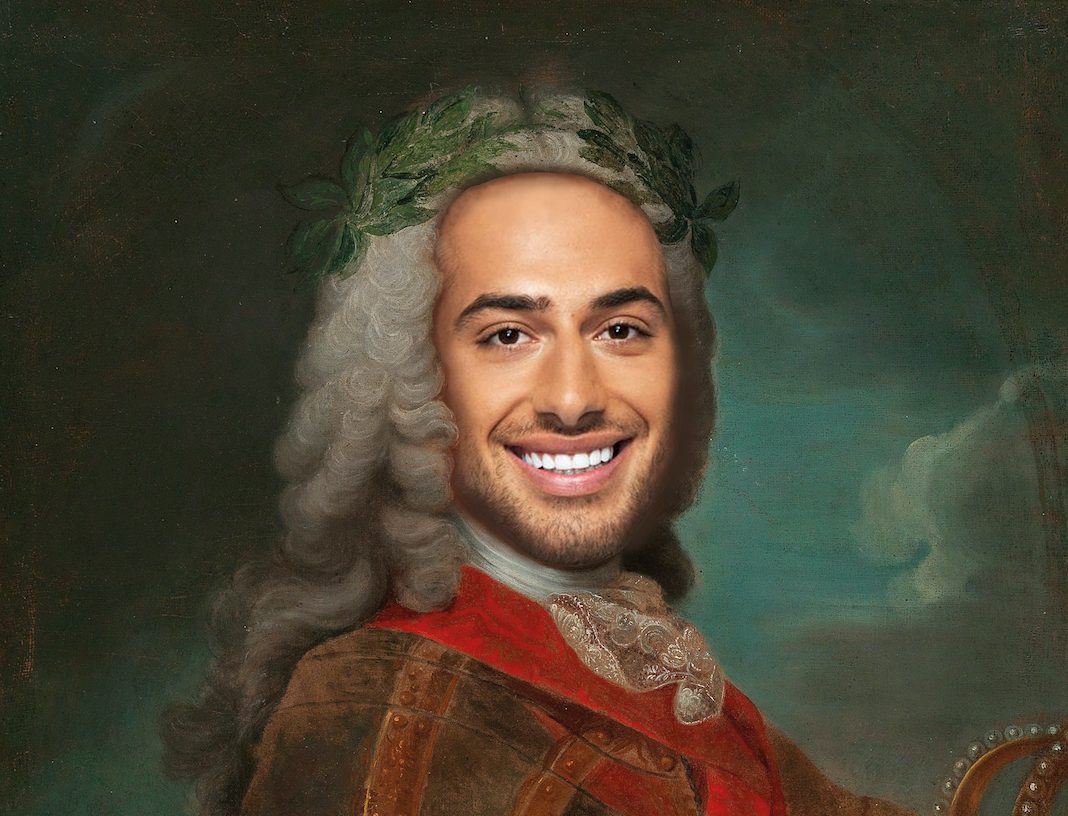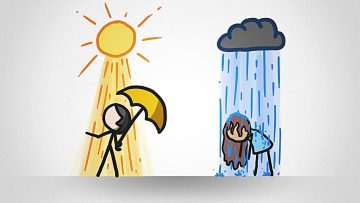
Influencers Throughout the Ages
Despite having more access to our celebrities’ lives than ever before, at the touch of a screen, Kiran Saggu points out that we’ve always had ‘influencers’ despite us living through the erroneously nicknamed ‘Age of Influence’. The only difference is they weren’t a DM away.

Kem Cetinay, oil on canvass, 1812
Halloween evening, the telly belts out: ‘National lockdown restrictions mean no more international travel…’
Shit.
‘…apart from business,’ Boris followed.
‘Result!’, @money_chaser20 shouts out, knowing his #sponsored week-long stay in Dubai can still go forward as planned.
Of course, he’ll carefully caption his posts of ceremonious champagne popping on a yacht with sympathetic acknowledgement of the collective ‘tough year’ we’ve all had, then followed by instant self-acquittal, because ‘we’ve gotta live life one way or another!’
Amidst all the other countries recently placing a temporary ban on UK travellers, the UAE is one of around ten countries which has been welcoming Brits without a required quarantine on either side, and many have recently jetted off from England to spend Christmas in Dubai. Because, as one influencer put it: ‘it’s so depressing here.’

Influential men of the 2020s

Influential men of the 1640s
No matter how tough a time it is for anyone right now, it never seems that terrible for influencers. We’ve come to accept that public figures and celebrities always have a way of skating past the ordinary woes the rest of us deal with, but there’s something especially sinister about watching someone thrive in the midst of a pandemic due to the 150 thousand followers they gained from a 15 second Love Island cameo.
This era is repeatedly coined as ‘the age of influence’, but the truth is, we’ve always had influencers. The only difference now is that some of them feel more accessible. Quite literally, they’re in the palm of our hands. Susceptible to our double taps, comments, views – or lack thereof. We all pitch in to create ‘insights’ that can make or break their ad partnerships. But, as much as this ‘age of influence’ constitutes an algorithmic omnipotent force for successful marketing, it’s also arguably a more democratic and diversified source for personal inspiration and social aspiration.
With a multitude of accounts to put on a pedestal, you’re just as free to follow the cathartic, body-positive oil painter as you are to follow the Coachella-crazed, clout chasing Barbie doll. But as is inevitable for anything relating to society, hierarchy is bound to form. Which is where the accounts that indulge our lesser instincts; the Dan Bilzerians, Caroline Calloways, or any previous cast members from Made in Chelsea, tend to beat out the accounts that more gently cradle our egos in the fight to the top of the influencer food chain.
This succumbing to guilty pleasure gossip, mirrors the standard formula we’ve kept for influencers since before the internet existed. In the past, the people that ‘influenced’ the general public to a similar capacity were more filtered, ironically. By that I mean, whether for idol worship or ashamed obsession, prior to social media or print media, we were fed our influencer choices through word of mouth. Making us focus only on the people that really got our attention. Ones with aristocratic ties, royal family affairs, ones that gave us the juicy, salacious stories that don’t disappear after 24 hours, igniting our primitively human urge to spread hearsay day and night… so much so you could risk getting the Scold’s bridle. A torture device, used in Colonial New England to ‘punish’ gossipers (typically just misogynist device used a part of witchcraft fear-mongering). Luckily, the only kind of torture that results from gossip on the internet now is mostly self-inflicted, and not just reserved for women. Nonetheless, the tittle tattle is inescapable. In fact, Yuval Noah Harari, the author of Sapiens, tells us that gossip is the basis of our species survival and evolutionary success. If that’s the case, Instagram would be a catalyst for natural selection – as hard to believe as that is.

Mandy Rice-Davies and Christine Keeler, the ‘it girls’ of the 1960s
After the feral technique of gossiping by gab became a little tiresome, the glossy pages took some of the labour off our tongues – taking ‘influence’ to a whole new level. Mostly, by the courtesy of: ‘it girls’. By ambushing them in compromising situations, publicising their crotch shots and possession of suspicious white powders… the paparazzi took away a sense of control from celebrities that social media gave back to them. Could you imagine what Paris Hilton’s scandalous reign would’ve been like if she had a Close Friends story?
We’ve always been accustomed to the glamorous people living by a different set of rules, except now these glamorous people have an open inbox for direct criticism, the covetous and scrupulous public just a DM reply away. Which leads me to wonder, how would history’s biggest influencers survive in the digital age? Knowing their livelihood as a public figure relied on their social media engagement scores, how well would they adjust to e-culture? Would Nell Gwyn, actress and one of King Charles II’s famous mistresses, attempt to subdue the critics of her philandering with a notes app apology? Would Napoleon currently be taking on the arduous task of sending off his first fleet? Twitter fleet, of course.
In comparison, @money_chaser20’s Dubai excursions seem a little dull. But we can only hope that in the future, some influencers have made enough digital ripples to make it onto the AQA history exam in 2120 – taken through an interactive hologram, of course.




